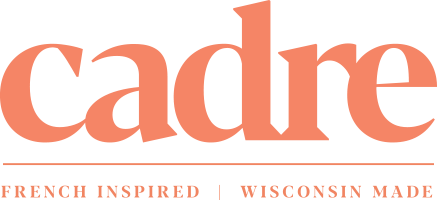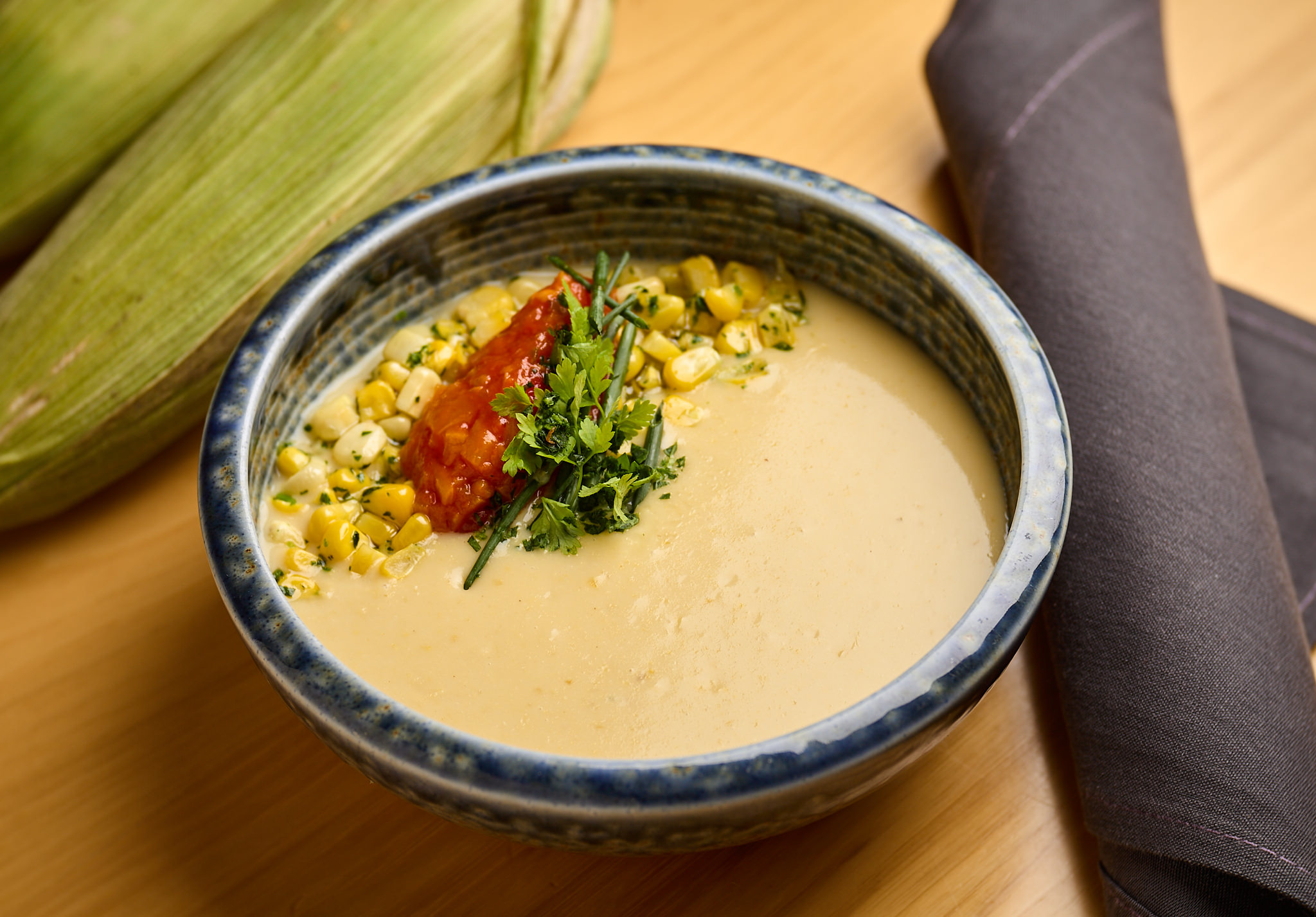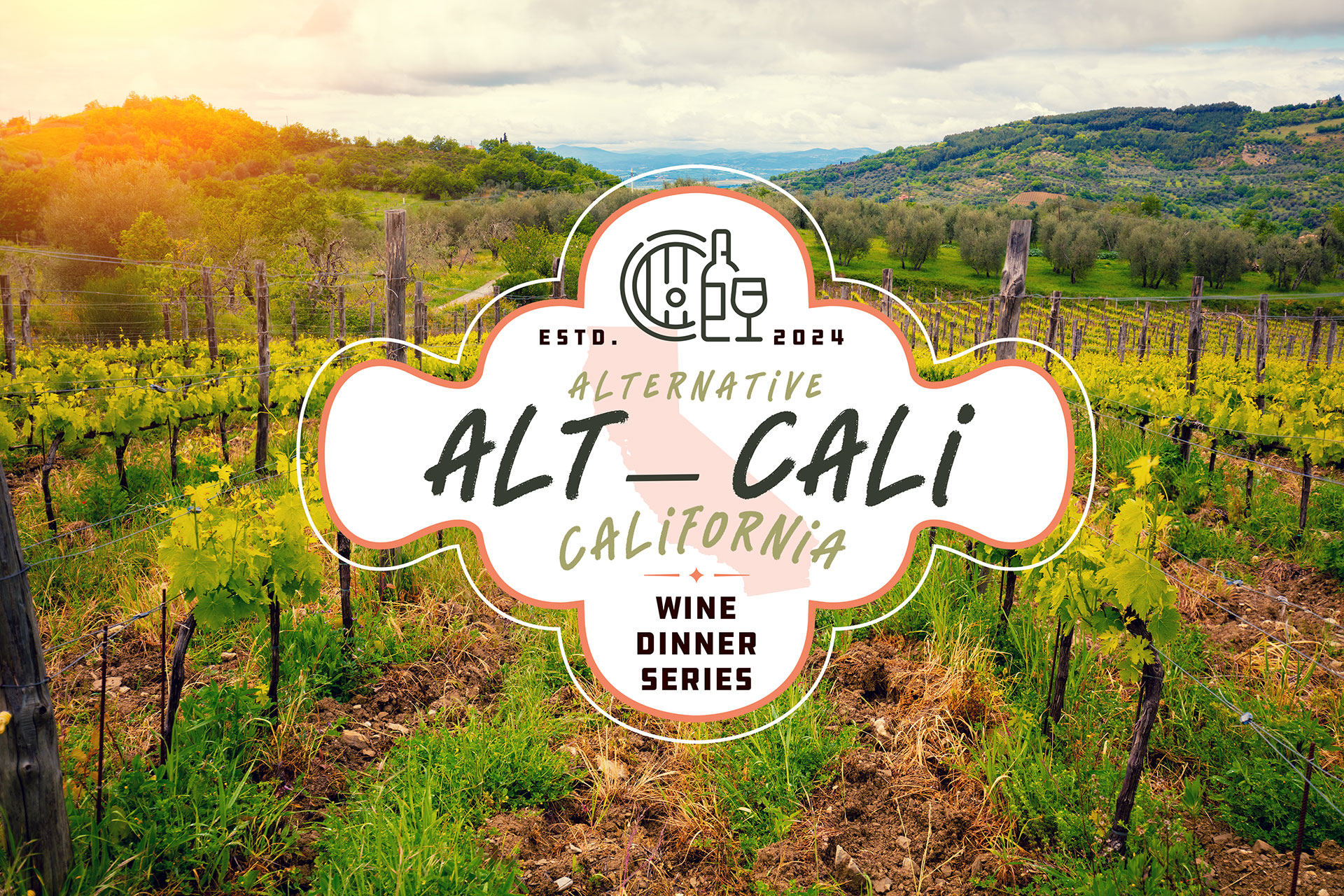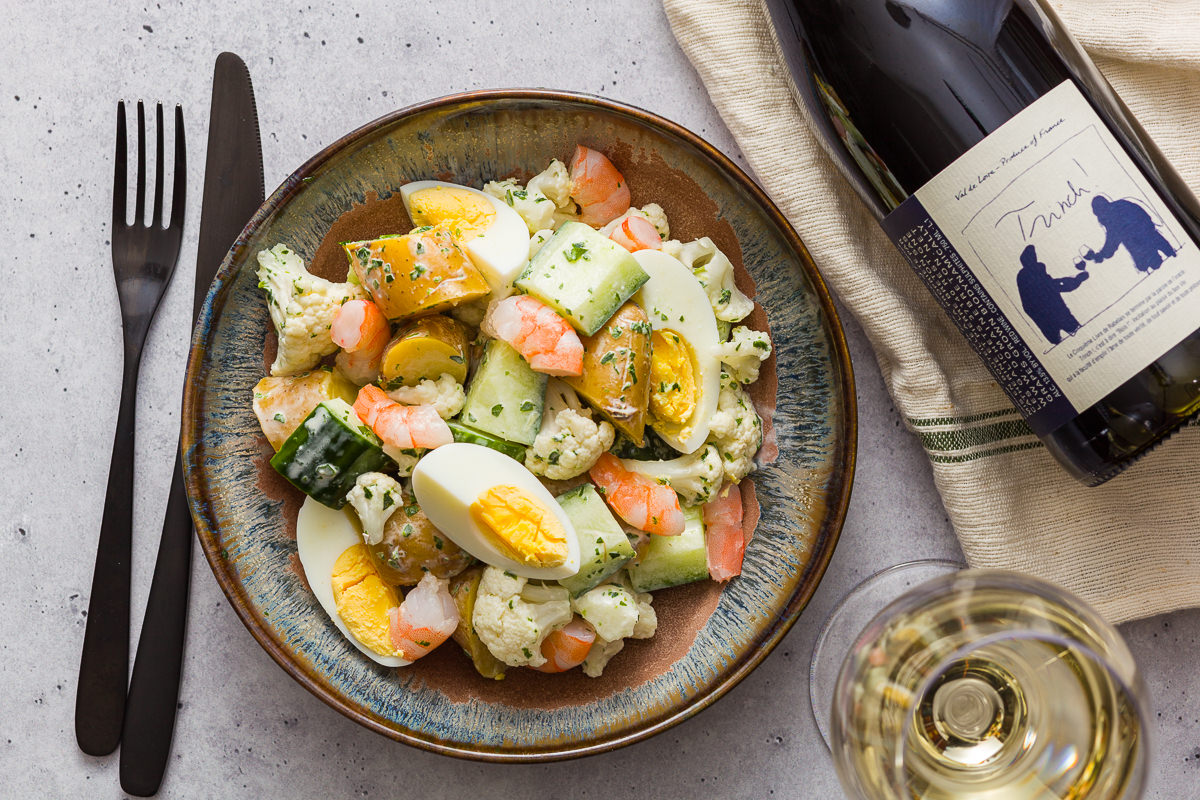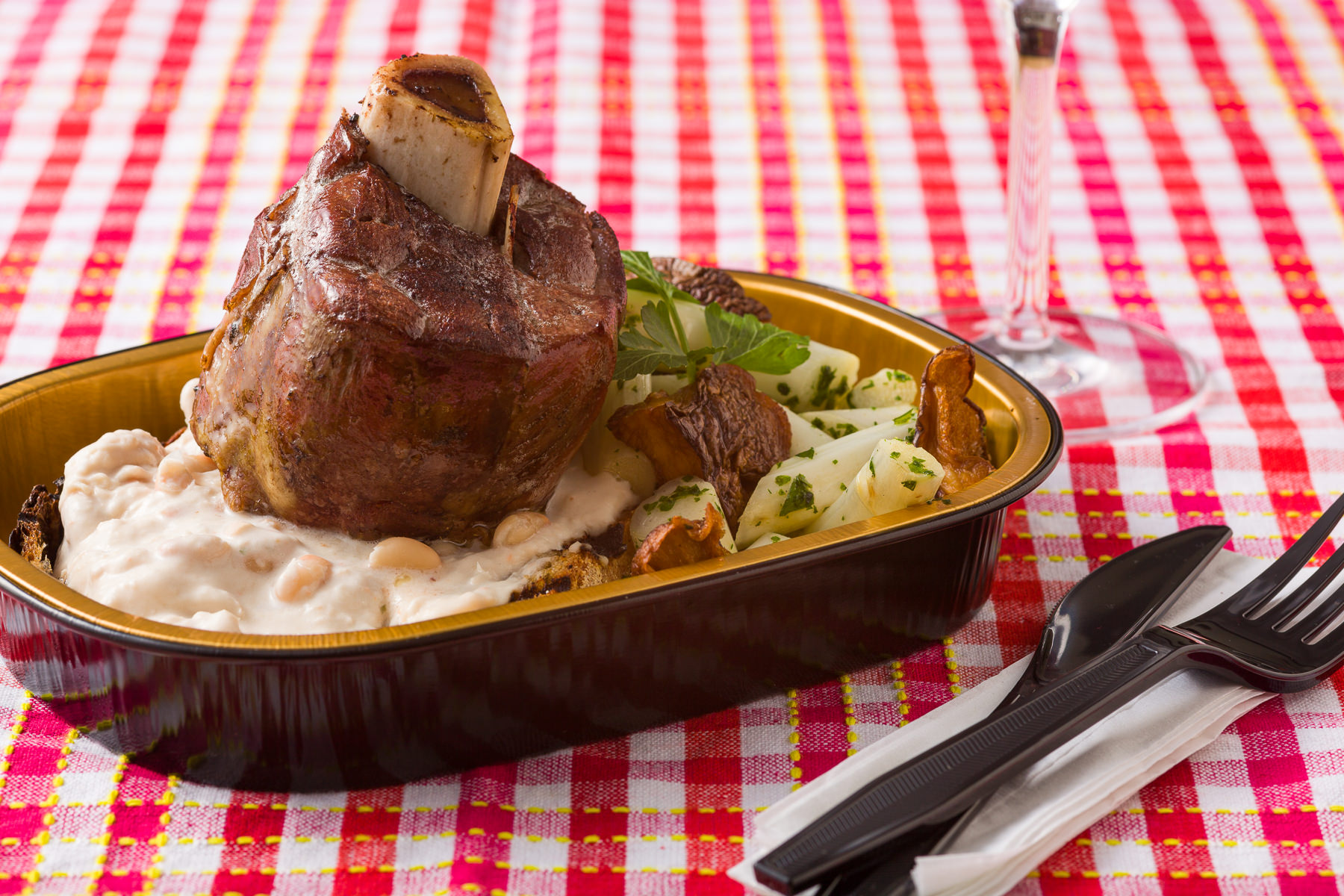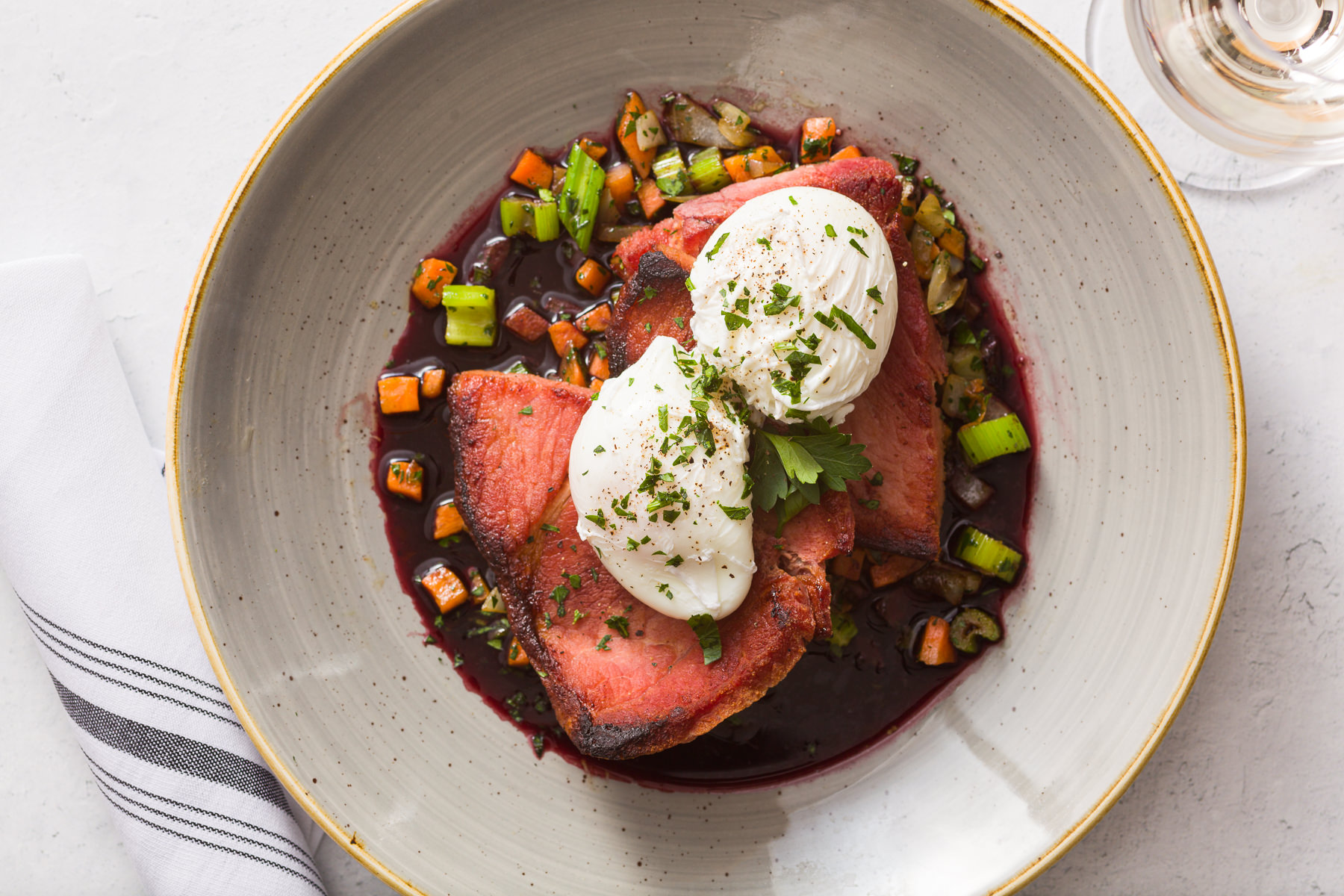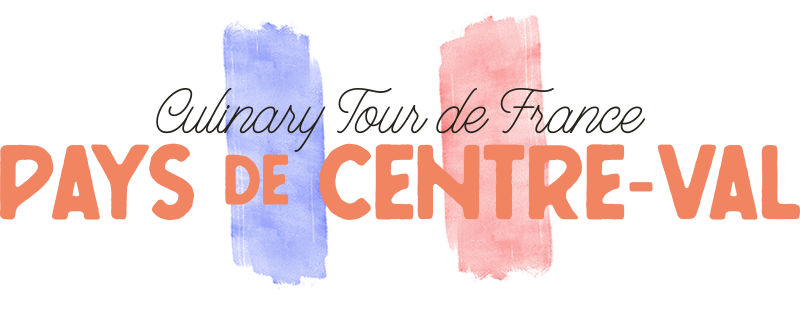
Although the furthest tendrils of the Loire River reach from its mouth at the Atlantic Ocean all the way to the geographical center of France (Auvergne), we are focusing on the river’s central valley this week.
Sometimes known as the “Garden of France”, Pays de Centre-Val is a complex bocage of estuaries, wetlands, forests, and nature parks, as well as cereal fields and mixed farming.
Situated in the Heartland of France, Centre-Val is made up of three historical provinces that include a number of smaller sub-regions with their own geographic and gastronomic identities.
- First, bordered by Normandie to the northwest is the historical province of Touraine which is bisected by Pays de Loire at its capital of Tours. Densely planted with vineyards, Touraine is most famous for its many châteaux, especially the fortress at Chinon.
- Second, bordering Limousin to the south is the historic farmland of Berry which includes a wetland area straddling the border with Touraine known as the Brenne where pisciculture (fish farming) has been practiced for over 1300 years.
- Lastly, is the Orléanais to the east, which borders Burgundy and Auvergne. This region includes a number of smaller areas including the cereal fields of Beauce, the sandy forests of Sologne, and a number of natural areas including pieces of the Gatinais and Perche bordering the Île-de-France southwest of Paris.
Although fish is our main focus for the menu this week, it is not the epitome of the Loire Valley. Despite the importance of the river, the landscape here is diverse, and so are its people, but the food is honest and transparent.
Before we begin to describe it, we’ll share a quote to embody the region from George Sand, one of Centre Val’s most celebrated novelists, who resided in Berry during her lifetime:
“One is happy as a result of one’s own efforts once one knows the necessary ingredients of happiness: Simple tastes, a certain degree of courage, self-denial to a point, love of work, and above all, a clear conscience.”
Bouillabaisse d’Perche
Multiple areas in the Loire Valley are famous for their soups using local river fish and eels. This modern version of a potée uses sweet potato and saffron-broth thickened with crème fraîche, drawing inspiration from the Bouillabaisse fish stew found in coastal regions of France. It includes several game fish found in the Perche region, including pike, crawfish, and perch. This forested plateau referred to as “The Lungs of Paris” shares its name with the Perch fish; it is a sparsely populated border region that separates the Paris Basin from Normandy and Brittany. Like the Limousin-Auvergne region which we referred to as the “French Desert” last week, Perche experienced a much higher percentage of emigration in the last few centuries than the rest of France. In fact, most French Canadians have an ancestor from the Perche region.
Walleye d’Vouvray
Despite the importance of the Loire River, Centre Val is also referred to as the “land of a thousand lakes”. The Natural Park of Brenne for example has over 2,000 lakes. One of the many common lake fish to the region is Zander, which is related to the American Walleye. For this dish, we are substituting local Wisconsin walleye in a classic dish of roasted fish in Vouvray white wine. Lesser known to American wine drinkers, the region of Vouvray located east of Tours is famous for its Chenin Blanc, a fantastic Chardonnay alternative that is high acid and can be harvested at multiple points during the growing season to produce dry or sweet wine. Vouvray is considered the best place in the world to grow Chenin Blanc and is noted for its pronounced minerality and ever-present honeyed-nut flavor. A dry version of this wine is poured into the roasting pan with foraged and cultivated mushrooms (Lion’s Mane, Shiitake, & Black Trumpets), fingerling potatoes, pearl onions, and a celery-root purée. Bitter mustard greens and lemony sorrel round out the dish.
La Fromagée:
Fish from Centre Val’s rivers and lakes may take the honored place at this week’s table but it is easy to forget that this region’s landscape is dominated more so by farmland and pasture. South of the Loire in Touraine, Berry, and Solonge goat cheese dominates, and a number of regionally protected cheeses such as Valençay are made here alongside orchards producing pears and apples for cider and distilled spirits. For this dish we are using a fantastic local aged goat cheese, Evalon from LaClare Family Creamery (Malone, Wisconsin). Made from raw goat milk, this firm cheese is aged for a minimum of five months to the point that it bridges the gap between a creamy gouda and a piquant, caramel-flavored Parmesan. With some difficulty, we were able to grind and melt a wheel of Evalon to form a fondue using crème fraîche and pear eau-de-vie. This is topped with a few healthy twists of cracked black pepper and served with sliced baguette and apples.
Salade d’Épeautre
The sub-region of Beauce in the Orléanais is one of the largest plains in France, which like the Limagne in Auvergne is one of the main “breadbaskets of France” producing a multitude of lentils and grains. For this spring grain salad, we are using a form of ancient spelt wheat referred to as Épeautre in France. This is paired with a pistou (a pesto without nuts) made from fresh sunflower shoots, as well as peas, carrots, and Swiss chard.
Oeufs à la Couille d’Âne
Let us translate this name literally: “Eggs like a Donkey’s Testicle”. Clarifying the humorous name, Robuchon states that it is used by the people of Berry to reference the color of a donkey’s anatomy rather than its shape. Not sure if that is supposed to help… but this was one of the funnier dishes we have prepared. A relative of Oeufs en Meurette (eggs in reduced wine sauce) from nearby Burgundy, we were sure a comma had been misplaced in the recipe when Chef poached the eggs as stated in the wine sauce, yielding a rusty, reddish-brown hue to the poached eggs. The visual connection became a little too visceral at this point, unfortunately, and after comparing photographs with other French cookbooks we felt like the butt of an ancient joke and decided we would rather finish the eggs in the sauce. Still, Berry’s inclusion of pan-seared ham is a laudable improvement on the recipe. The instructions for color, on the other hand, we’ll politely decline and see if it ends up in the dustbin of culinary history.
Tarte des Demoiselles Tatin
If you study the origins of food and drink long enough you’ll eventually run into a load of half-truths and outright fabrications. French food especially, because of its long history, is prone to the influence of mythology. Perhaps the most famous is Tarte Tatin. Supposedly invented by the Tatin sisters, Stéphanie and Caroline, at the Hôtel Tatin in Solange. The story goes that one-day Stéphanie was preparing an apple pie by baking sliced apples with cinnamon in sugar and butter but got distracted. Smelling the burning sugar she quickly inverted the pan into a Breton dough meant to top the pie and served it inverted. Guests loved it and the dish became a signature of the hotel, eventually drawing the attention of Parisian tourists who brought the dish back to the city and spread the word. Although food writers like Curnonsky have helped spread this story to the rest of France and the world, multiple sources point to the fact that a tarte like this has already existed in the Sologne region for hundreds of years. Regardless, perhaps you will agree that a story can be just as good as the food. In honor of the Demoiselles de Tatin, we have faithfully reproduced this dish and given our own embellishment of mascarpone-honey whipped cream.
